
A majority of college students agree that chemistry courses are among some of the most difficult classes they have to take. However, Dr. Erik Wasinger, chemistry and biochemistry professor, is introducing a new, interactive learning technique for students.
In an attempt to create a hands-on chemistry course, Wasinger applied and received funding from the CSU Chancellor’s office through a program called Course Redesigned through Technology, as well as from the Josie Otwell Fund.

The course requires students to watch videos and lectures online prior to class, Wasinger said. During class, students are divided into groups where they do different activities to recycle the material.
The online videos include step-by-step visual demonstrations of course material, as well as audio explaining the content which is accessed via Blackboard Learn.
This semester is the first this teaching technique is being implemented and will continue for at least four semesters, Wasinger said.
The chemistry department hopes that after this trial run there will be proof that this interactive learning approach helps improve students’ grades. If the results are positive, then it will be made a permanent part of this course and possibly implemented in other departments.
“As a way to hold the students accountable for actually watching the online lectures outside of class, there are random quizzes attached to the end of a video that count for credit toward their grade in the course,” he said.
In class, Wasinger briefly goes over the material covered in the online videos then allows group activity to begin. He is then free to walk around the classroom with a tablet in which he can write answers on.
His answers are visually projected onto a whiteboard on a step-by-step basis for students to see once they have attempted getting the correct answer on their own.
Not only do students have the professor to ask for help in class, there are also six near peer helpers who are full-fledged members of the teaching team able to assist students.

“Now that we’re using more activities in class, I can really see how it appeals to a wider range of students versus the standard lecture structure, and that’s always nice,” said Michael Smith, near peer helper.
Other near peer helpers have expressed their interest in the benefits of this new interactive teaching style.
“I think group discussion is better than the old-style professor lecture, because students can talk it out and better explain the material to one another,” said Ben Park, near peer helper.

With the amount of material chemistry courses are required to cover, the department doesn’t have the ability to cut content, Wasinger said. However, he and the rest of the chemistry faculty members, are very interested in the results this technique will render, as it has not been an easy task to put in place.
“I have had unbelievable support from my department chair, Randy Miller, and all of my faculty members who are interested in this project,” Wasinger said.
Sabrina Salvatore can be reached at [email protected] or @ssalvatore09 on Twitter.

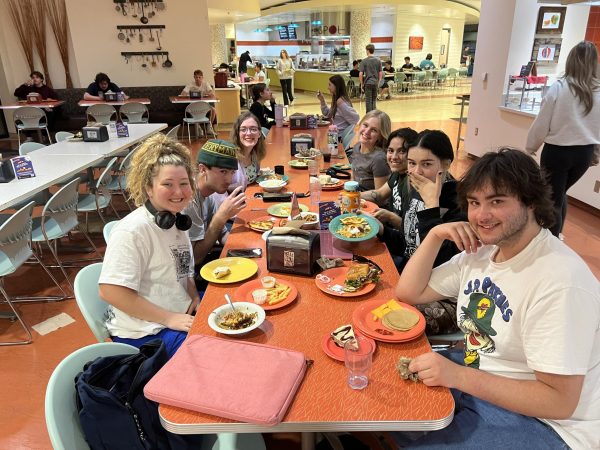



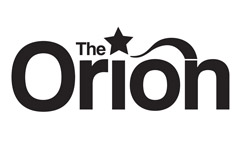



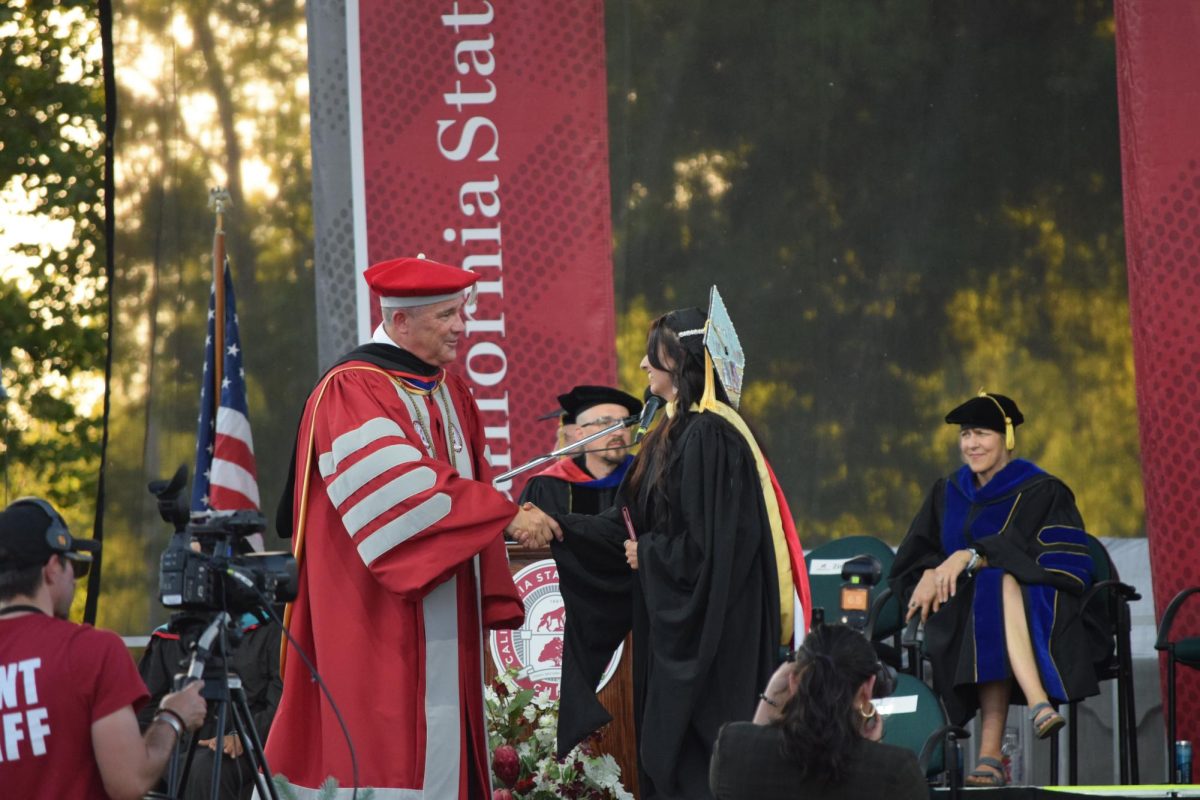
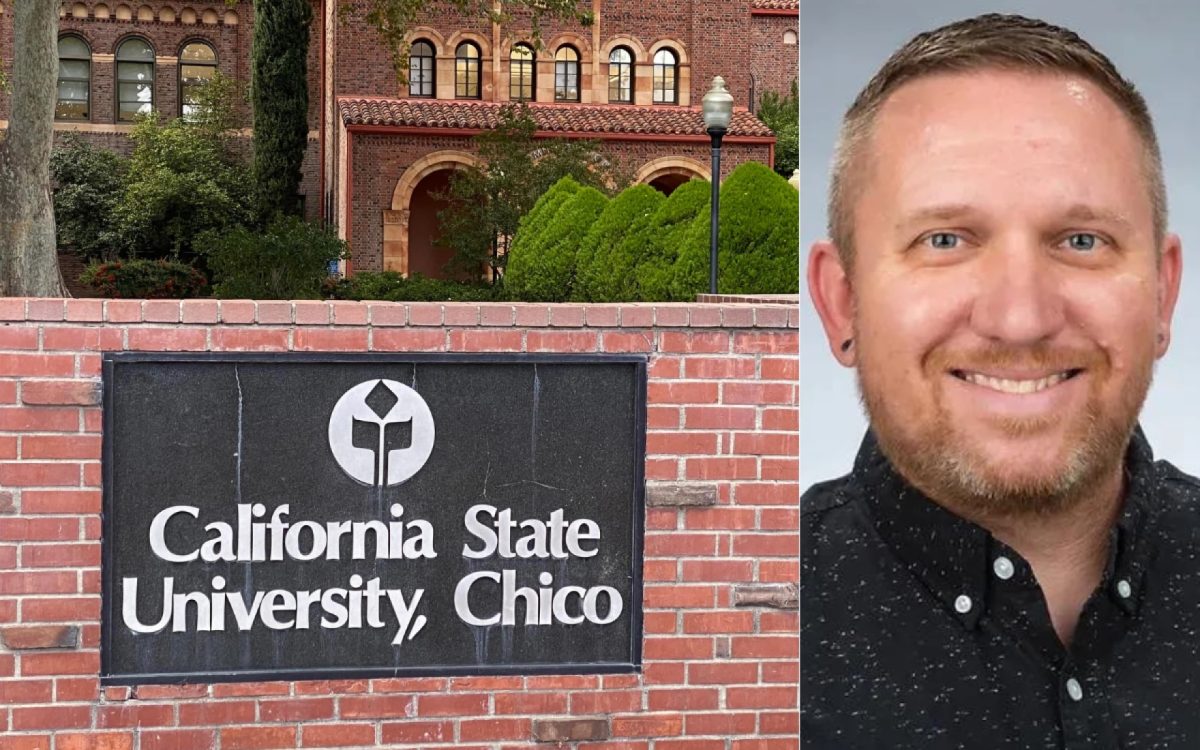
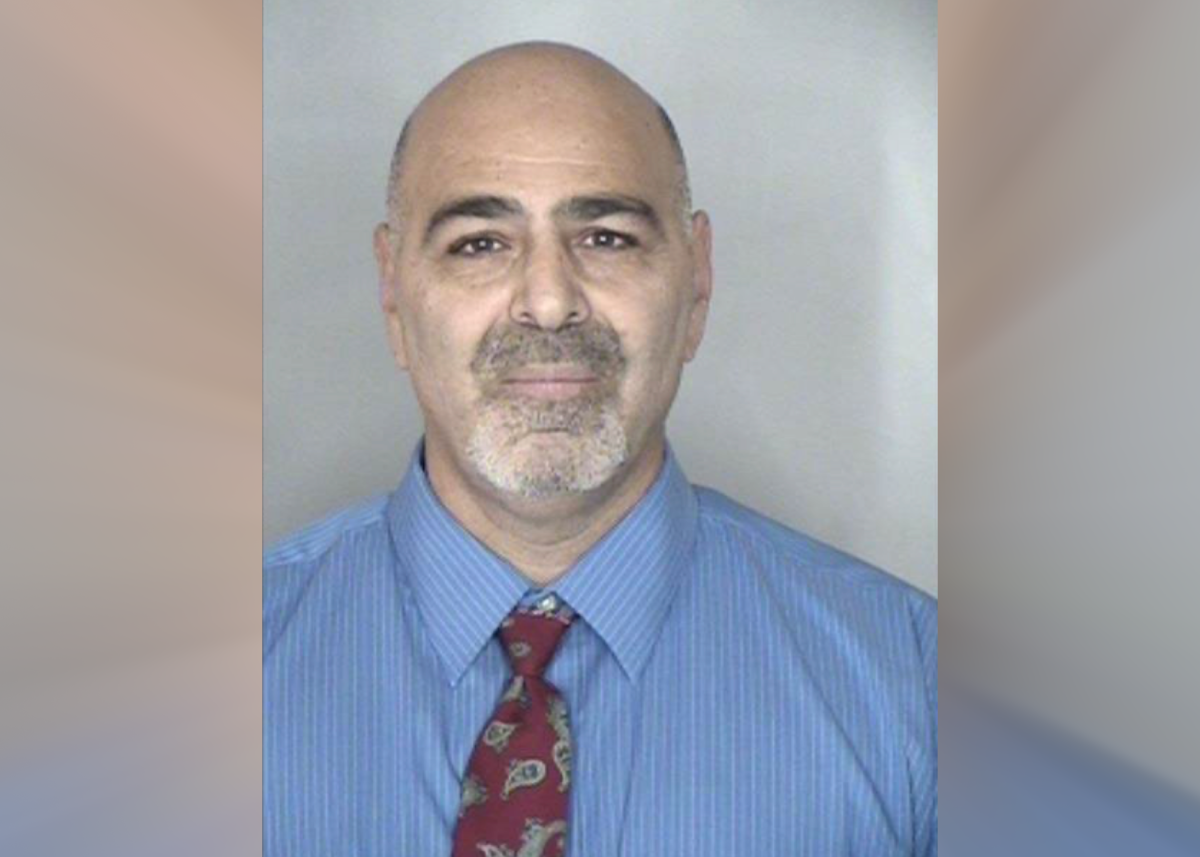
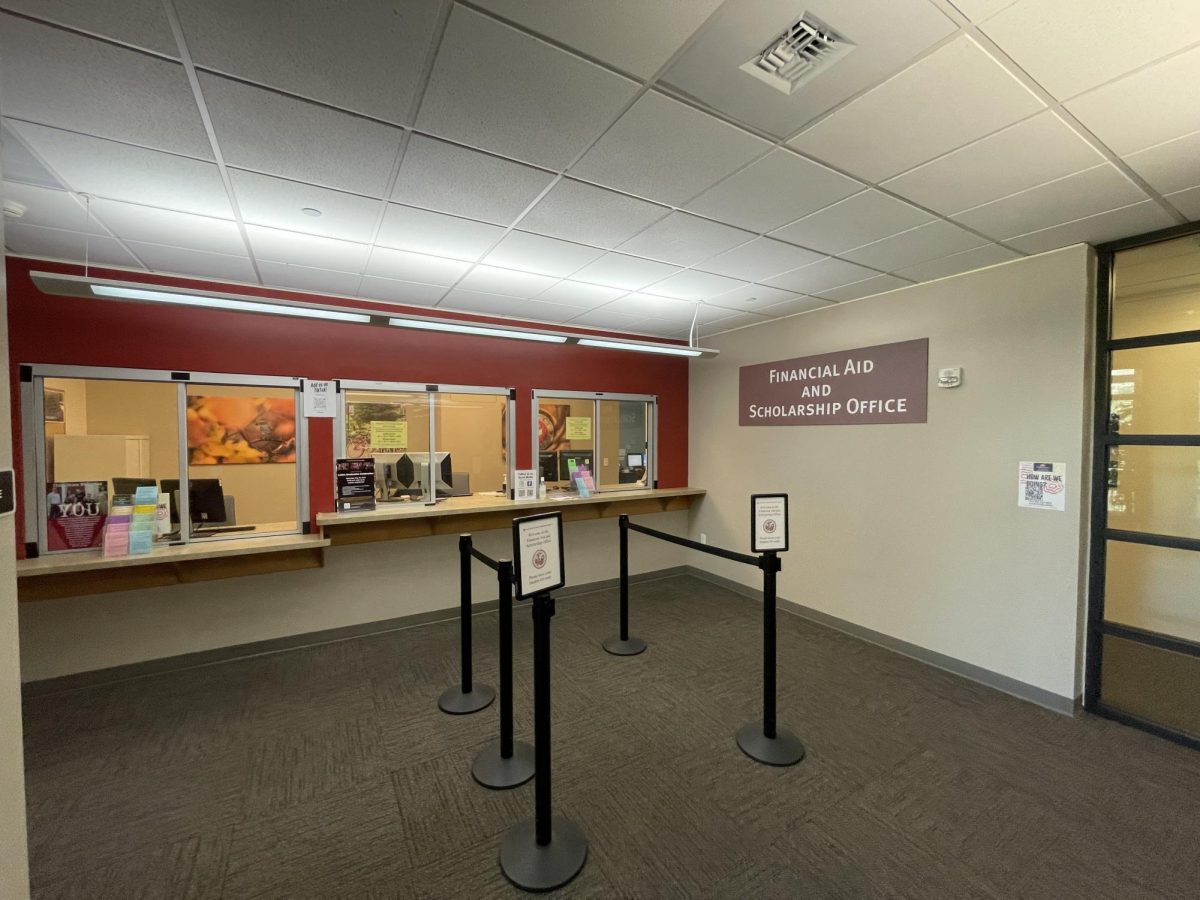

Joshua Crane // Apr 17, 2020 at 10:08 pm
good looking article. Reads like hemingyway and eliot had a baby.